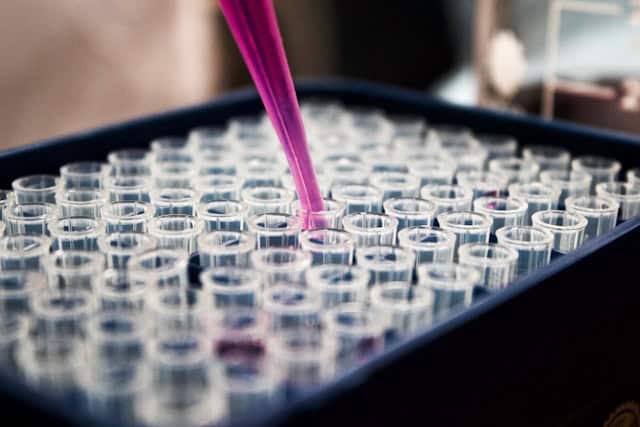When it comes to biological samples, it’s no overstatement to say that accurate reading is essential. Analysts need to be confident that the devices they use to read samples can be trusted, otherwise, their trials and tests could end up with problems.
The intention of this article is to delve into ELISA plate readers, which happen to be some of the most effective diagnostic tools around. These plate readers, also known as microplate or spectrophotometric plate readers, measure the results of the enzyme-linked immunosorbent assay test. Here’s everything you need to know:
How Do ELISA Plate Readers Work?
In order to get a clear understanding of how ELISA plate readers work, you first need to know what they do. Whether the BMG Labtech ELISA plate reader or another, these tools read the color changes that result from enzyme reactions from ELISA analysis tests. They also quantify analyte concentrations based on absorbance values. They are quick, efficient, and reliable machines that can make reading the results of tests easier than ever. They are able to do all of this by shining light through microplates and detecting how much light the sample can absorb.
Accurate Light Measurements
The ELISA plate reader measures how much light shines through the plates and uses the information it derives from these readings to make accurate assessments about biological samples. Something that is important to note is that some ELISA plate readers are better than others. Your main priority should always be finding the right one for you. A good way to assess a tool’s efficacy in reading light measurements is to read its reviews and see what past customers have to say about it.
Turns Color Into Readings
As mentioned, ELISA readers detect changes in the color of samples, which are caused by enzyme reactions. This data converts into numerical values, which allows analysts to properly read samples. If you are interested in incorporating the use of ELISA readings into your organization’s tests, you need to make sure you properly train employees to use them. These tools can be highly complex and require extensive research and training, otherwise, using them is impossible. Training courses are abundant. These tools also come with instruction manuals that you can use.
Ensures Consistent Results
Whenever you are testing biological samples, it is very important to make sure that you get consistent results. A lot of people make the mistake of focusing too much on the brands that are manufacturing the equipment they are buying, rather than tried and tested results. A good way to ensure that the equipment you buy is the right choice is to read through the seller’s reviews. Product reviews can tell you a lot about a manufacturer and the products that they sell. This is because they give clear insight into the user experience, and give past buyers a platform to talk about their experiences.

Test Multiple Samples
One of the things that makes ELISA plate readers such a fantastic investment is that they can be used to test multiple samples at once. Testing multiple samples at one time means you can get a lot more work done than you might otherwise be able to. You will still, as mentioned above, need to properly train employees, so they can effectively use the plate reader that you buy. If your employees have not been trained, they could make mistakes, which could lead to incorrect data being reported or the equipment you have invested in being broken.
Cuts Down on Mistakes
Biological samples need to be properly tested, otherwise, they can end up being compromised. If you want to cut down on mistakes, buy the highest quality ELISA plate reader that you can. Reviews can help you to do this. Make sure that you work out a budget from the very beginning, so that you can avoid committing to buy a product that is out of your price range. Remember that many vendors deal in bulk, which means they can usually offer wholesale prices if you buy multiple units. You can also usually use credit to make purchases of ELISA plate readers.
Connects with Lab Computers
Finally, ELISA plate readers connect with your laboratory’s computers, which means that data can be reported back to your computers without needing to be interpreted and entered manually. The data will be converted into numerical digits, which means that it will be much easier for your teams to read.
If you are interested in investing in an ELISA plate reader (or multiple ELISA plate readers) for your laboratory, then hopefully this article has given you some insight into why they are as popular as they are and how they can help you. Use this article’s guidance to find the right product for you, too.

